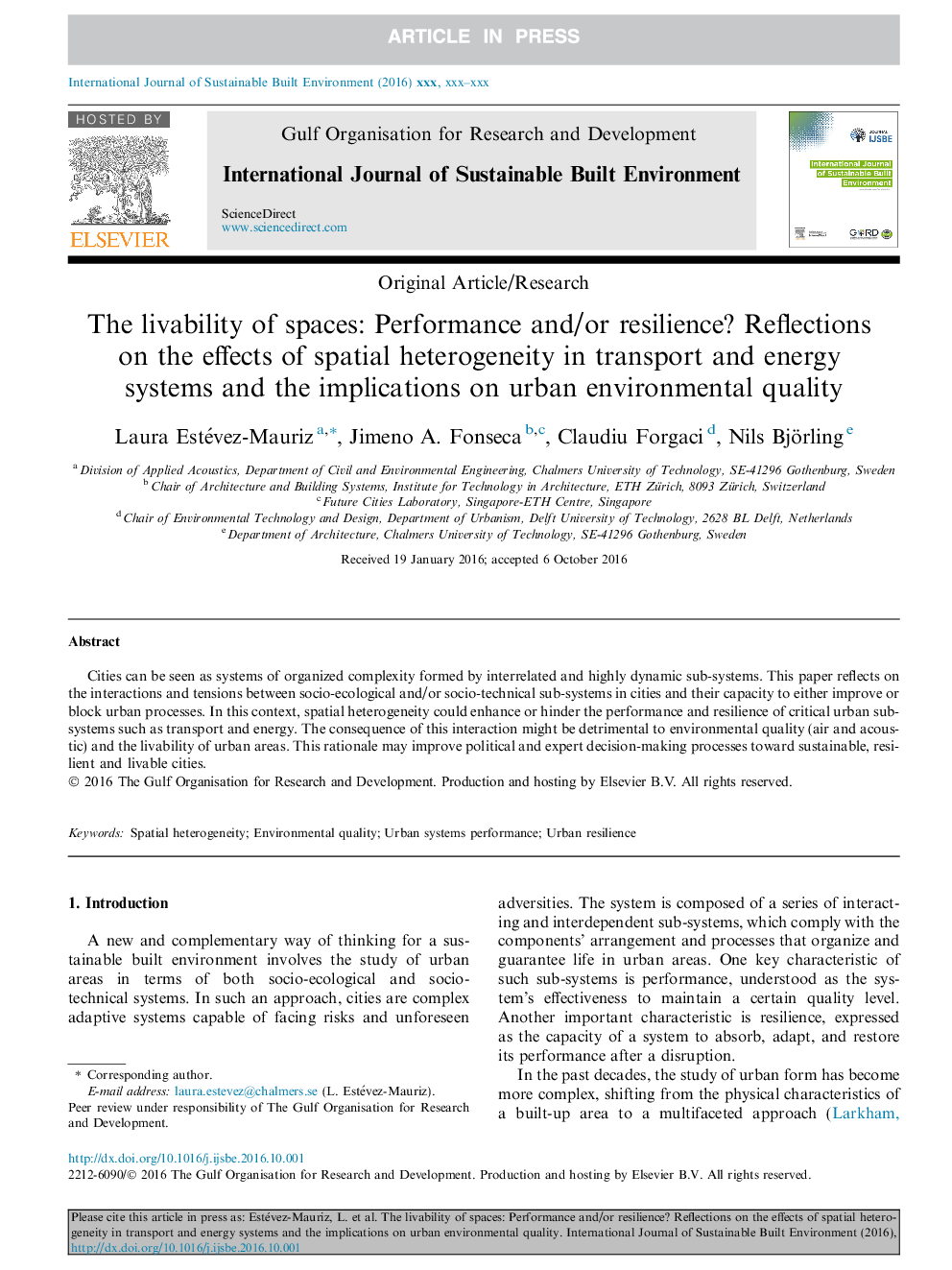| Article ID | Journal | Published Year | Pages | File Type |
|---|---|---|---|---|
| 6659519 | International Journal of Sustainable Built Environment | 2017 | 8 Pages |
Abstract
Cities can be seen as systems of organized complexity formed by interrelated and highly dynamic sub-systems. This paper reflects on the interactions and tensions between socio-ecological and/or socio-technical sub-systems in cities and their capacity to either improve or block urban processes. In this context, spatial heterogeneity could enhance or hinder the performance and resilience of critical urban sub-systems such as transport and energy. The consequence of this interaction might be detrimental to environmental quality (air and acoustic) and the livability of urban areas. This rationale may improve political and expert decision-making processes toward sustainable, resilient and livable cities.
Related Topics
Physical Sciences and Engineering
Chemical Engineering
Chemical Engineering (General)
Authors
Laura Estévez-Mauriz, Jimeno A. Fonseca, Claudiu Forgaci, Nils Björling,
